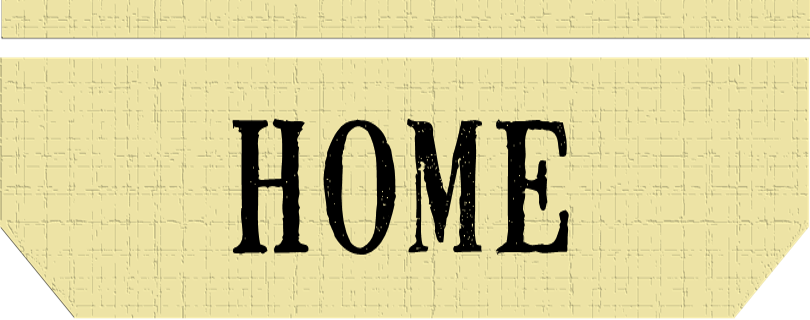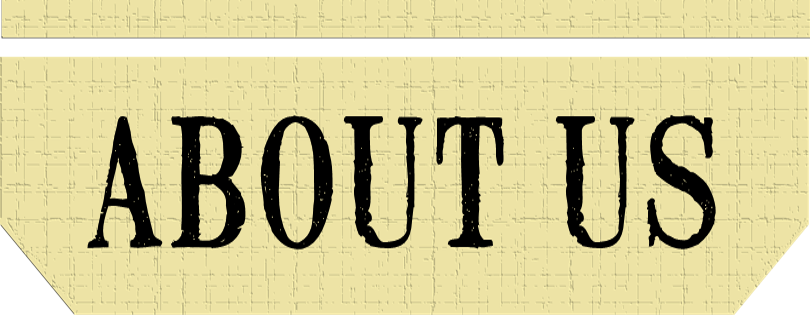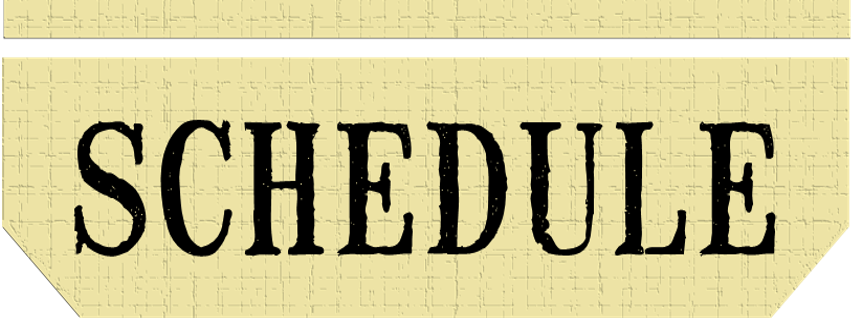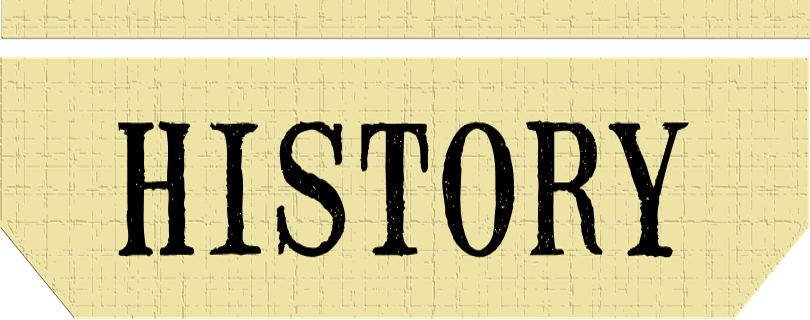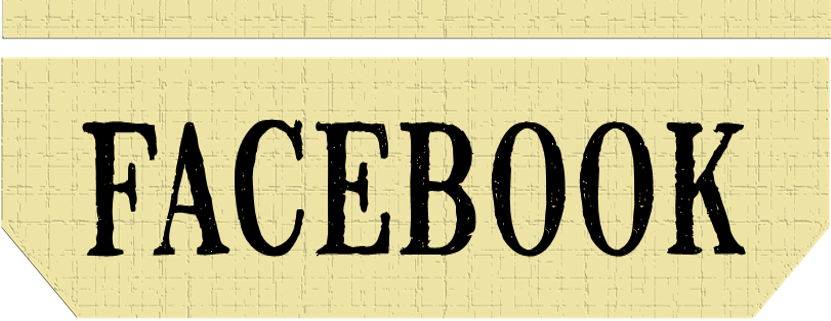WHAT TO GET AND WHERE TO GET IT
The biggest question when first getting started in reenacting is what do I get, and where do I get it? The following sections are designed to provide a basic guide to help new reenactors in developing a more progressive generic impression that will give them a good starting place, while taking into consideration and trying to balance authenticity with affordability.
The equipment is listed in a step-by-step checklist of the items you will need to get started, based on the importance of the item. There are many things that you may think you need when you first start reenacting like a pistol, bowie knife, swords, carpet bag, etc., however, experience teaches us that these items are not necessary and just like the original soldiers of the 1860's, these items will be quickly discarded and are a waste of time and money.
Divided into six (6) parts, Part 1 is for Uniforms, the necessary clothing; Part 2 is Equipment & Arms, the gear and weapons; Part 3 is Camping Equipment, being those items to help with mess equipment, staying overnight, keeping warm and dry; and Part's 4 to 6 are for Civilian clothing for women, men and children getting into reenacting but do not wish to portray the Military aspect of the 1860's. With each section there is an explanation of what the item is, original examples of them and a list of recommended vendors who sell them.
Vendors - While there are numerous vendors out there who provide historic reproductions, the ones listed here are the preferred vendors for our organization - they have been chosen as a result of their affordability and accuracy. Some vendors, while well intentioned, have goods that are cheaper but are inaccurate and of poor quality, while others have very high-quality items that are way overpriced. This list is designed to provide the new reenactor a good starting point from which they can progress into the hobby. If you believe you have found a vendor who sells a similar item, and you want to know if it is acceptable, please Contact Us before buying anything.
PART I - UNIFORM
The following is the basics list of the clothing (uniform) items that a new reenactor will need to have when starting out in the hobby, and the order in which the equipment should be obtained by the recruit based on the importance of the item. When listing these items useability was taken into consideration as to what items will be acceptable for us with either a Federal or Confederate impression, for example with pants, the sky blue trousers were seen in both armies, and rather than have a new member buy two different pairs of pants, they can purchase just one for use with both impressions, and then later on can upgrade into an additional set.
As you progress in the hobby, these items will prove useable for multiple impressions, and as new items, and better-quality reproductions, are made available, this list will be updated accordingly. The vendors listed, as with the later sections - represent the best price for the best quality; if for any reason you wish to obtain an item from another vendor check with an Officer or NCO of the company before buying anything. Remember - just because one item is expensive doesn't mean it's accurate and just because another is cheaper doesn't means it's incorrect - if you stray from this list, ask before you purchase.
A pair of Sky-Blue Infantry Trousers is recommended, as these will be useable for both a Confederate & Federal Impression and save the initial cost of having to buy two (2) pairs of pants.
Produced in a variety of materials (cotton, wool, jean-wool, etc.), and colors (dark blue, sky blue and natural homespun); they were straight legged and fitted with five (5) tin buttons for the fly and four (4) on the waist - for braces (suspenders). There were two small holes at the rear, which a piece of twine or leather could be put through for adjusting the size as needed; and in some cases, this was replaced by a piece of fabric with buckle for easier adjustment. The trousers were an issue item and would have come from the nearest Depot.
Approved Vendors
Wambaugh, White & Co. - Schuylkill Arsenal Trouser Kit (A kit that you can sew together yourself.)
Wambaugh, White & Co. - J.T. Martin Contract Trousers
N.J. Sekela - J.T. Martin Economy Federal Foot Trousers
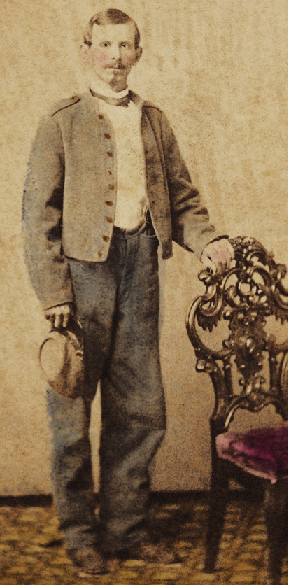 |
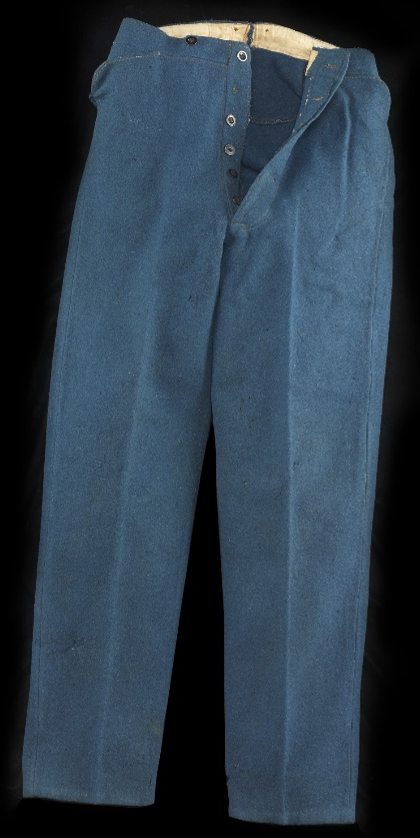 |
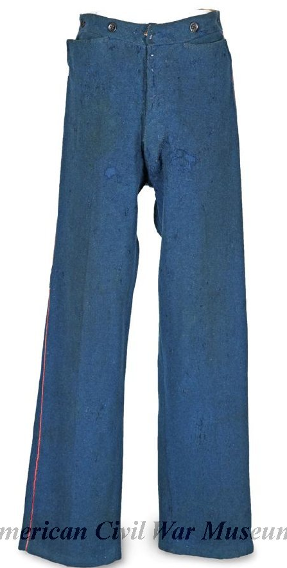 |
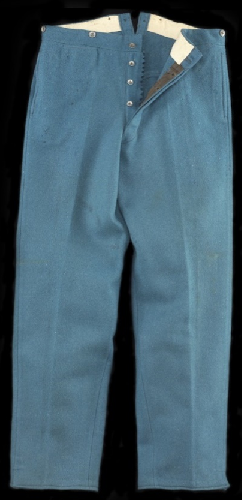 |
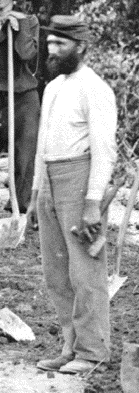 |
| Unknown Confederate Soldier(Library of Congress) |
George W. Ramsey17th VA Infantry (Smithsonian) |
A.M. Goodwin, 12th VA Art Btn.(ACW Museum) |
Model 1854, Type II, Trousers(Smithsonian) |
Unknown Federal SoldierNear Yorktown, VA, 1862 |
The Military issue shirt at the start of the war was described as being gray, knit and flannel, however, later shirts were issued in unbleached muslin. Despite military shirts being issued, civilian shirts were always popular and were obtained by soldiers either from home, purchased from the local sutler, or obtained in other fashions. The came in a wide variety of patterns, colors, and materials.
With such a wide variety of shirts available, there are numerous options for a new reenactor. What we suggest is that new recruits obtain a regulation Issue shirt (preferably Federal) first, and then later get a civilian shirt, as two shirts are encouraged for all members, because of the ability to switch between impressions and also, it is always a good policy to have at least one clean shirt with you to change into. An example of is that if you have spent all day sweeting and your shirt becomes wet/damp, when the temperature drops you will become colder, as opposed to being able to hang the wet shirt out on a line or branch to dry, while putting on your dry one and providing you some warmth and comfort.
Approved Vendors
Wambaugh, White & Co. - U.S. Regulation Issue Shirt
Wambaugh, White & Co. - U.S. Regulation Issue Shirt & Civilian Shirt Kit (These are kits that you can sew together yourself.)
South Union Mills - Osnaburg Cotton Workman's Shirt
Sutler of Fort Scott - Plain Muslin Shirt & Checkered Pleated Shirt with Detachable Collar
N.J. Sekela - Economy Contract Issue Shirt
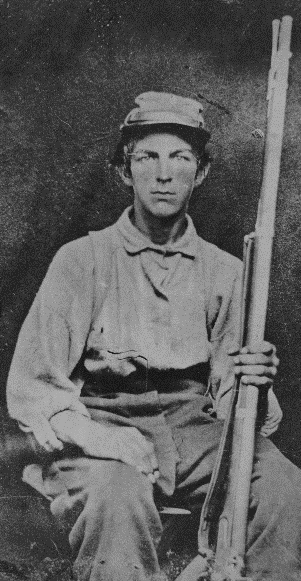 |
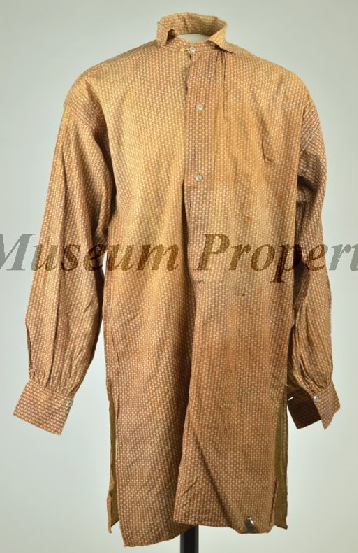 |
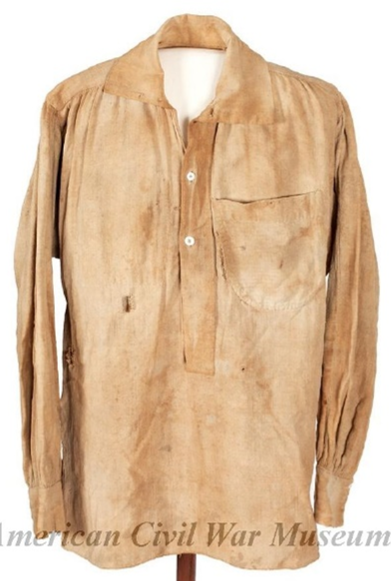 |
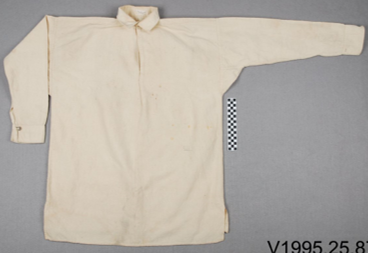 |
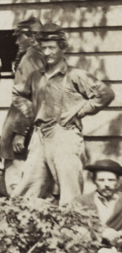 |
| Unknown Confederate(Library of Congress) |
Gen. William Terry of VA(ACW Museum) |
Andrew T. Beam, 23rd SC(ACW Museum) |
David Hotchkiss, 13th Wisconsin(Wisconsin Veterans Museum) |
Unknown Union Soldier, ca. 1862(Library of Congress) |
Shoes. The Brogan (Shoes) were the most common footwear during the War, and new recruits should avoid buying boots, civilian pattern shoes, etc., until they have obtained a good set of brogans. The standard Army Jefferson Brogan was used by both sides throughout the war. Made of leather, the soles could vary depending upon time and place of production.
Approved Vendors
South Union Mills - Federal Issue Contract Brogan
N.J. Sekela - Federal Brogans
Missouri Boot & Shoe - Jefferson Brogan Sewn Sole
Socks. Cotton or Wool socks could be items issued by the Quartermaster, drawn from a depot, sent from home or purchased by the soldier. It is recommended that you have at least two pairs of good socks.
Approved Vendors
South Union Mills - Federal Issue Wool Socks & Machine Knit Cotton Socks
Wambaugh, White & Co. - Machine Knit Wool Socks
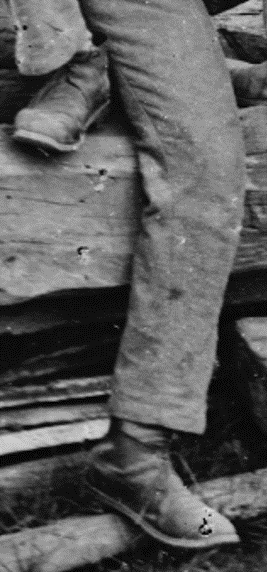 |
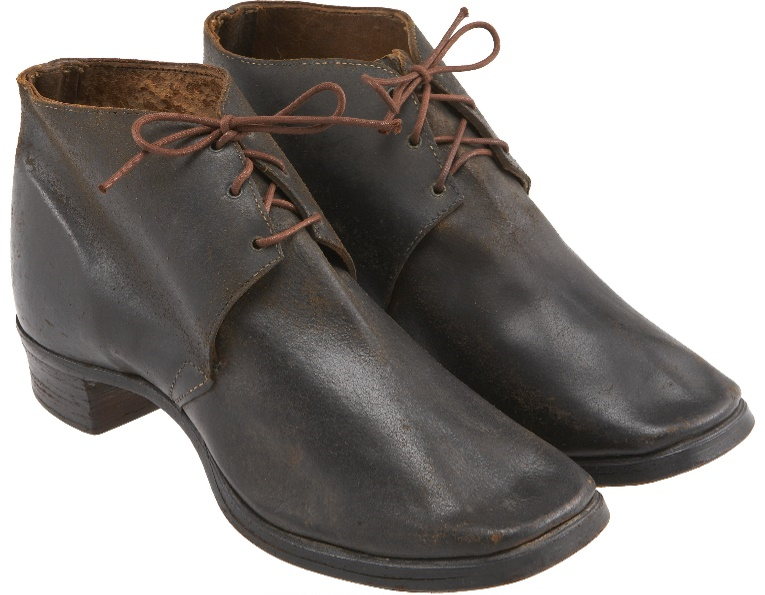 |
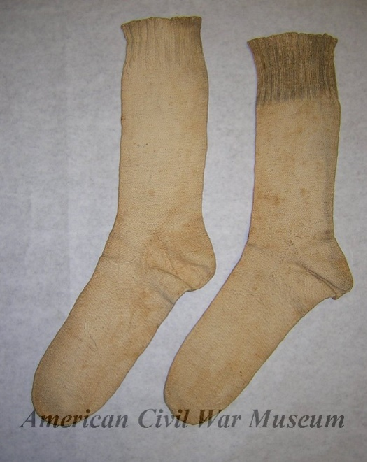 |
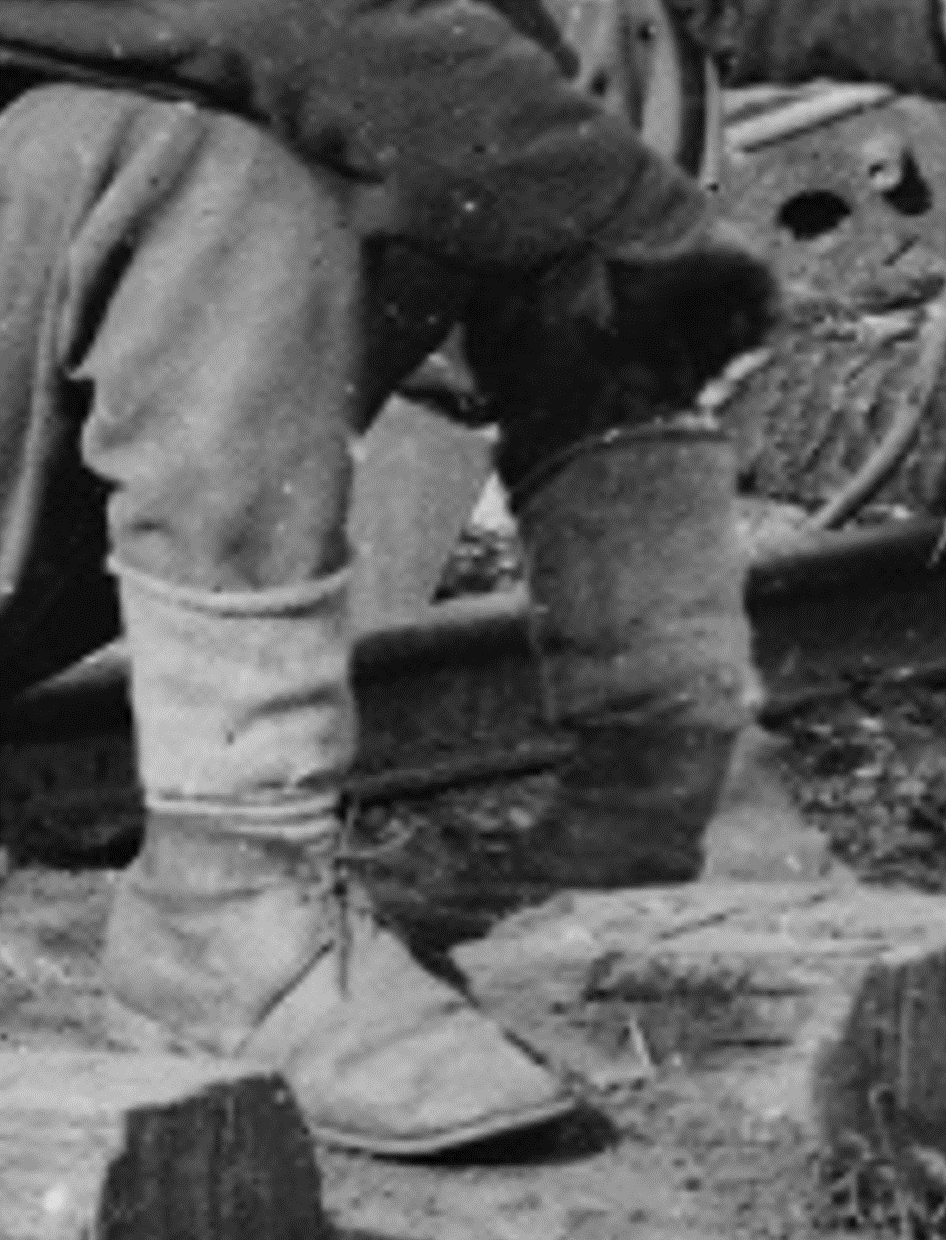 |
| Captured Confederate, 1863(Library of Congress) |
Original Jefferson Brogans(Heritage Auctions) |
Socks of Peyre G. Pearson, 9th FLA(ACW Museum) |
Union Soldier, Manassas, VA, 1862(Library of Congress) |
A good black slouch hat is an item that can be used for a Military or Civilian impression of either the North or South, and is a good starting place for a new reenactor. No hat brass, insignia, cords, etc. should be attached to, and left plain - a good plain black slouch hat will serve you well starting out in the hobby.
Present throughout the war, the brim (or slouch) hat soon became popular both North & South; not only for comfort, but also in the protection it provided from both the sun and rain. These would be issued by Quartermasters, purchased from local shops, sent from home or obtained from unsuspecting civilians while on the march.
Approved Vendors
Goober Grabber Headwear
C&D Jarnagin - Federal Forage Cap "Bummer"
Dirty Billy
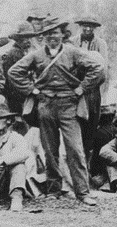 |
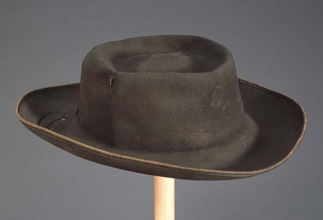 |
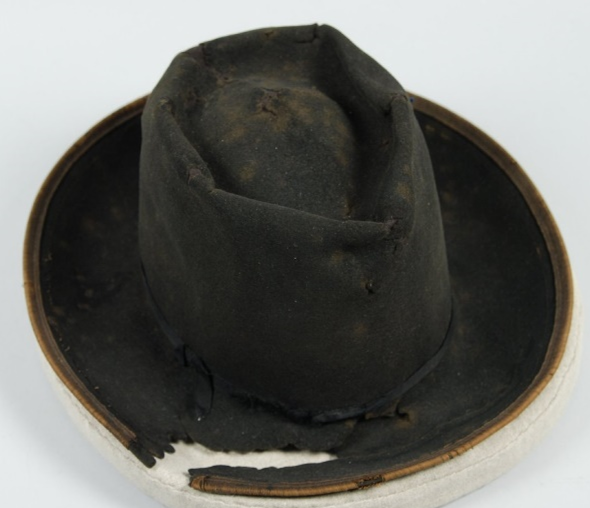 |
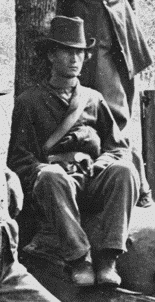 |
| Captured Confederate, 1864(Library of Congress) |
Gen. William R. Cox, North Carolina(N.C. Museum of History) |
Frederick C. Winkler, 26th Wisconsin(Wisconsin Veterans Museum) |
Unknown Atlanta, GA, ca. 1864(Library of Congress) |
The uniform coat is one item that a new reenactor will have to buy two of, one for their Federal impression and one for Confederate. However, if you purchase a quality coat it will serve you well for many years.
Federal (U.S.) Sack Coat. Adopted as a fatigue blouse by the Army, the four-button sack coat was made of flannel and came both lined and unlined during the war. From 1861 to 1865 an estimated 6,025,169 sack coats were produced for the Army.
Approved Vendors
Wambaugh, White & Co. - Contract Fatigue Blouse
Wambaugh, White & Co. - Schuylkill Arsenal Blouse Kit (A kit that you can sew together yourself.)
N.J. Sekela - Economy Federal Issue Blouse
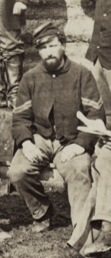 |
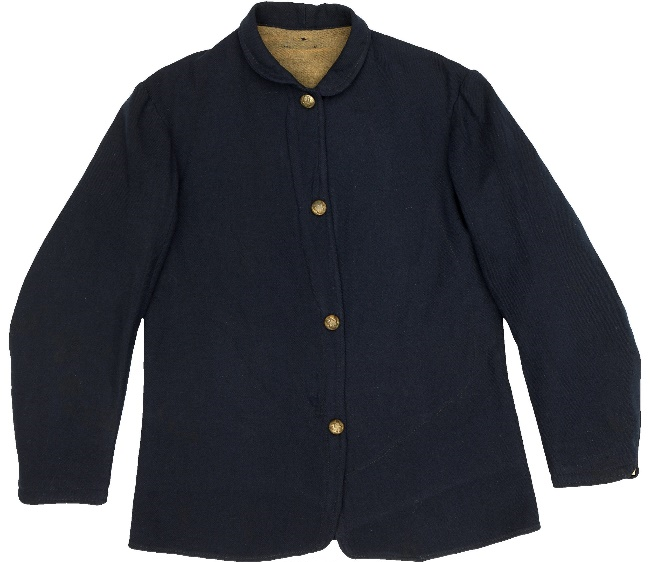 |
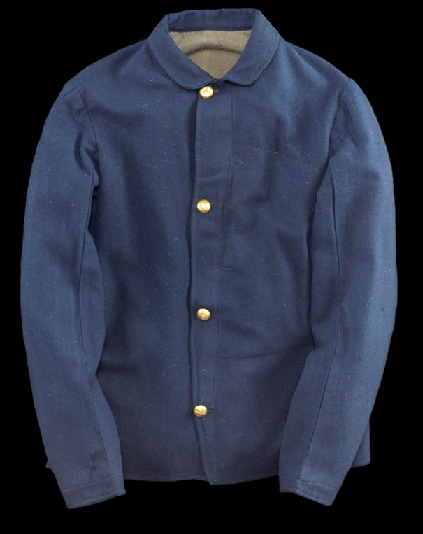 |
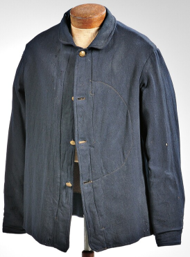 |
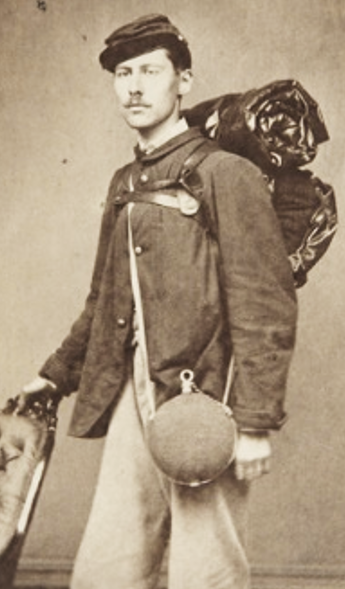 |
| Unknown Union Soldier(Library of Congress) |
Sack Coat, Unknown(Heritage Auctions) |
Sack Coat, Unknown(Smithsonian) |
Coat of G.D. Brientall(Bonhams Skinner) |
Unknown Union Solider(Heritage Auctions) |
For a Confederate impression there are two options for a period coat, both are acceptable for new recruits starting out, these style coasts are often called "Commutation Jackets." These were coats that were produced in the South throughout the War, either by depot's or individuals at home, and were seen throughout the war.
Frock Coat. Worn from the start of the war through to the end, the enlisted pattern frock coat would be present in all theaters and in a variety of styles. Made of various fabrics and colors, the coat could range from 7 to 9 buttons, either be script “I” or State seal buttons, and contained an interior pocket and two coat tail pockets.
Shell Jacket. There were numerous depots (Atlanta, Richmond, Columbus, etc.) and tailors who produced this nine-button style of jacket; which after 1862 became a standard throughout the Army.
Approved Vendors
Wambaugh, White & Co. - Commutation Jacket & Confederate Frock Coat
Wambaugh, White & Co. - Commutation Jacket Kit (A kit that you can sew together yourself.)
B&B Tart - Commutation Jacket
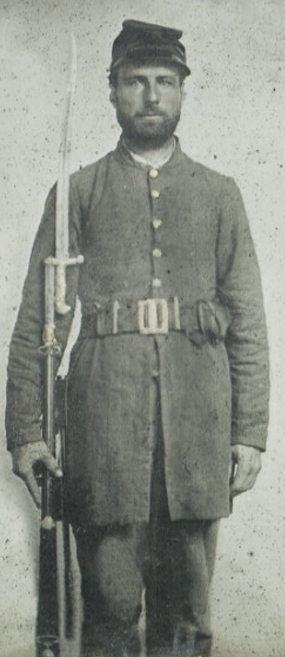 |
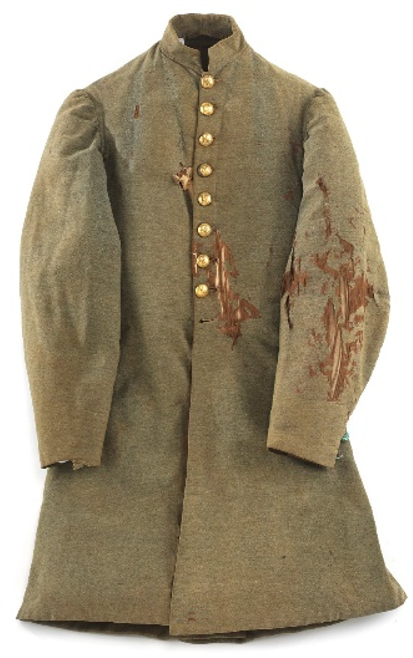 |
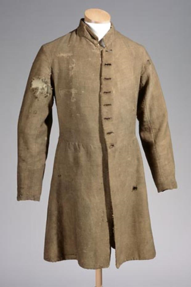 |
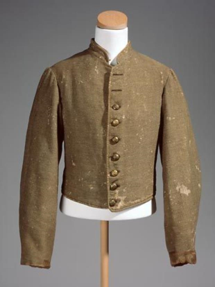 |
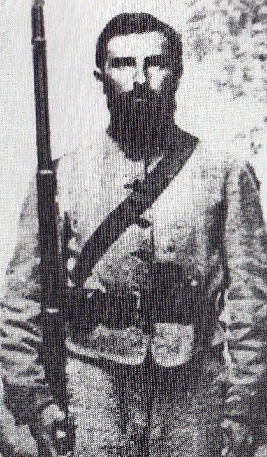 |
| Unknown Private46th Georgia Infantry |
Unknown Frock Coat(Smithsonian) |
Unknown Frock Coat(NC Museum of History) |
William A. Branch, 57th NC(NC Museum of History) |
Charles Bachman, 20th SC(SCCRRMM) |
| STEP 6 - EYEWEAR / GLASSES |
Eye wear can make or break an impression. You can have the most accurate and expensive reproduction uniform and equipment there is, however, if your glasses are modern the impression is still going to look bad. Luckily there are several sources for period eye wear, and most can be taken to modern eye doctors to have lenses produced for them at a reasonable cost. As an example, the webmaster purchased a set of period frames from James Townsend for $25; taking them to the local Walmart Eye Clinic they were able to put in his prescription lenses for only $50.
Approved Vendors
Townsend - 19th Century Reproduction Glasses
Historic Eye Wear Company - 1855-95 Oval Small Blued Steel & 1855-95 Oval Large Bethlehem Blued Steel
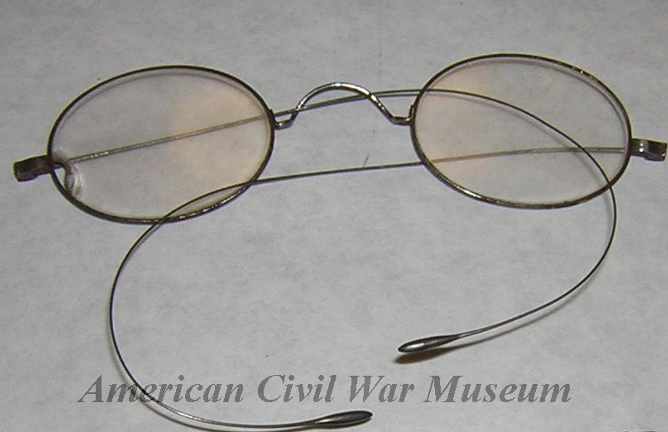 |
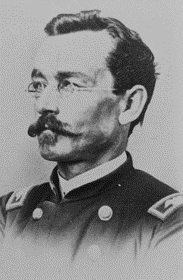 |
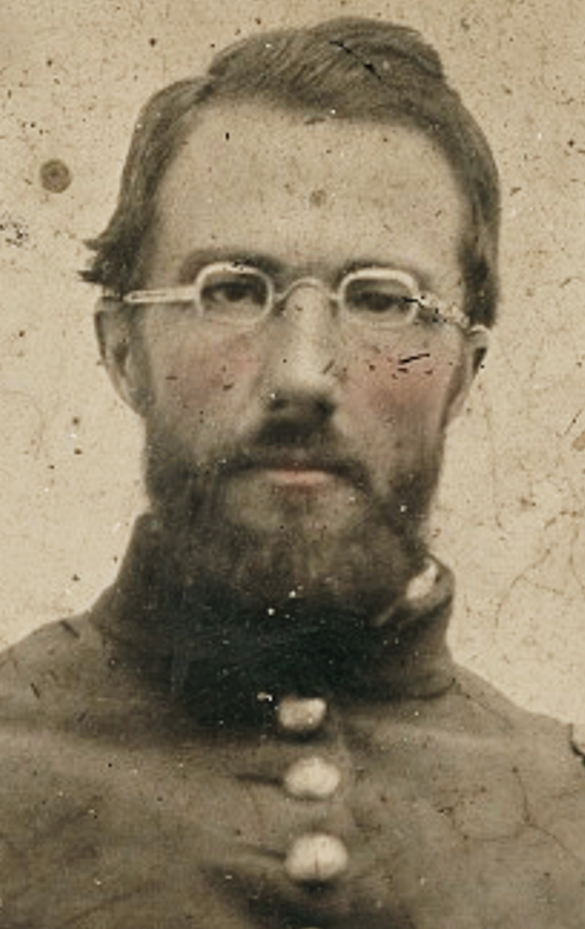 |
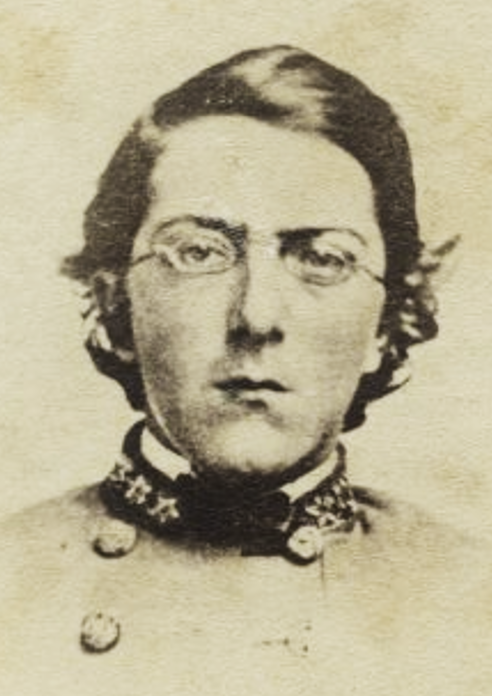 |
| An Original Pair of Glasses, Owner Unknown(ACW Museum) |
Col. Hermann Lieb, 8th ILL.(Library of Congress) |
Unknown Union Officer(Library of Congress) |
Capt. William R.J. PegramPurcell VA Art., (ACW Museum) |
|

